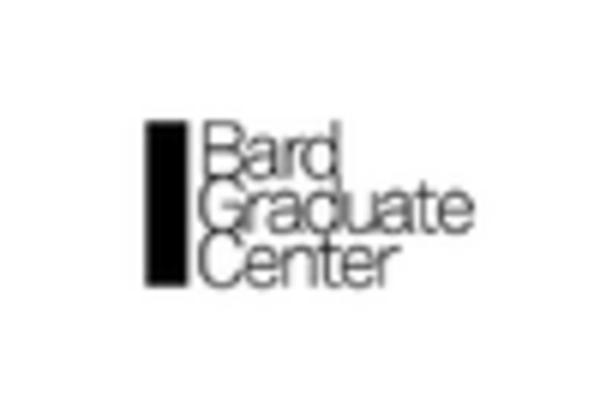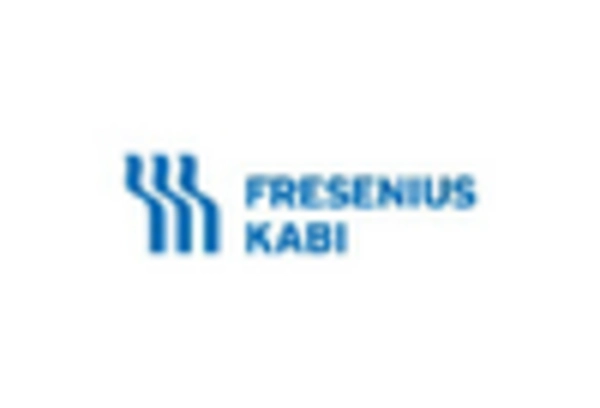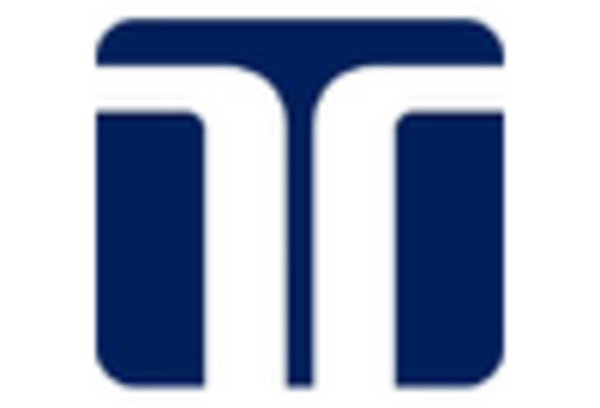Growing Geriatric Population
The ageing population in the UK is a significant driver for the catheter securement-device market. As individuals age, the likelihood of requiring catheterization increases due to various health issues, including urinary incontinence and mobility limitations. The Office for National Statistics indicates that by 2030, the number of people aged 65 and over is projected to rise by 20%, creating a larger patient base that necessitates effective catheter management solutions. This demographic shift is likely to stimulate demand for securement devices that cater specifically to the needs of elderly patients, thereby driving growth in the market. Healthcare providers are expected to focus on developing and implementing securement devices that enhance comfort and safety for this vulnerable population.
Increased Focus on Patient Safety
The heightened emphasis on patient safety within the UK healthcare system is a crucial driver for the catheter securement-device market. Regulatory bodies and healthcare institutions are prioritizing the reduction of catheter-related complications, such as infections and dislodgement. This focus has led to the implementation of stringent guidelines and protocols for catheter management, thereby increasing the demand for effective securement devices. The catheter securement-device market is likely to expand as healthcare providers invest in high-quality securement solutions that align with safety standards. Furthermore, the financial implications of managing complications, which can cost the NHS millions annually, further incentivize the adoption of reliable securement devices.
Rising Incidence of Chronic Diseases
The increasing prevalence of chronic diseases in the UK is a pivotal driver for the catheter securement-device market. Conditions such as diabetes, cardiovascular diseases, and renal disorders necessitate frequent catheterization, thereby elevating the demand for securement devices. According to recent health statistics, approximately 30% of the UK population is affected by chronic illnesses, which underscores the need for effective catheter management solutions. This trend is likely to propel the market forward, as healthcare providers seek reliable securement devices to enhance patient care and reduce complications associated with catheter use. the catheter securement-device market will witness substantial growth as healthcare systems adapt to the rising burden of chronic diseases, ensuring that patients receive optimal treatment and care.
Expansion of Home Healthcare Services
The expansion of home healthcare services in the UK is emerging as a vital driver for the catheter securement-device market. With an increasing number of patients receiving care at home, there is a growing need for securement devices that can be used effectively in non-hospital settings. This trend is supported by the NHS's commitment to providing more community-based care, which aims to reduce hospital admissions and improve patient outcomes. As home healthcare continues to evolve, the demand for user-friendly and reliable catheter securement devices is likely to rise. This shift presents opportunities for manufacturers to innovate and tailor their products to meet the specific requirements of home care settings, thereby enhancing the overall patient experience.
Technological Innovations in Medical Devices
Technological advancements in medical devices are significantly influencing the catheter securement-device market. Innovations such as advanced adhesive materials, adjustable securement systems, and integrated monitoring technologies are enhancing the functionality and safety of catheter securement devices. The introduction of smart securement devices that can monitor catheter position and alert healthcare providers to potential complications is particularly noteworthy. These innovations not only improve patient outcomes but also streamline clinical workflows, making them attractive to healthcare facilities. The market is projected to grow as hospitals and clinics increasingly adopt these advanced technologies, aiming to enhance patient safety and reduce the risk of catheter-related infections.

















Leave a Comment